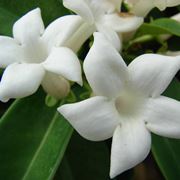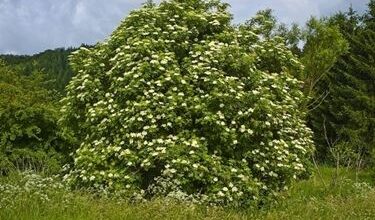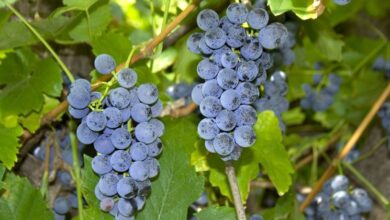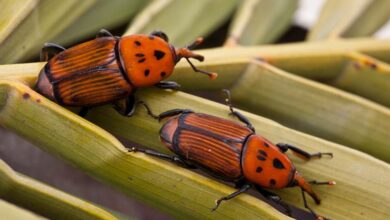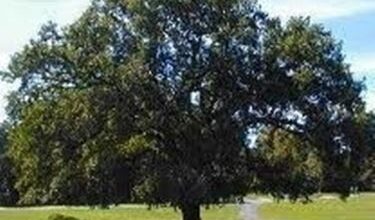Jasmine (Jasminum Polyanthum)
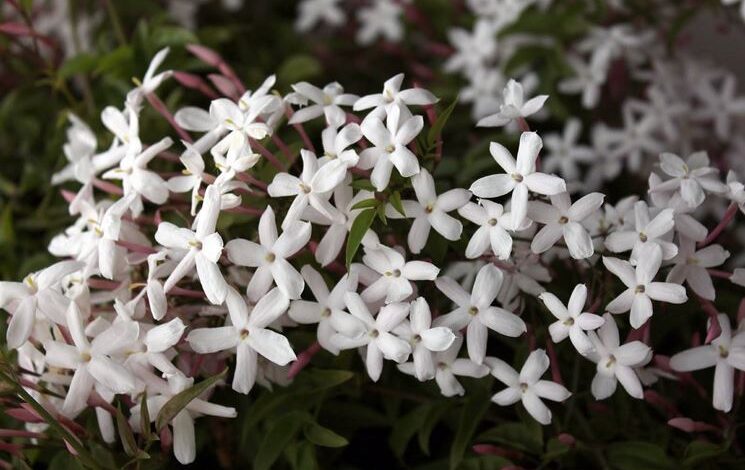
Characteristics of jasmine
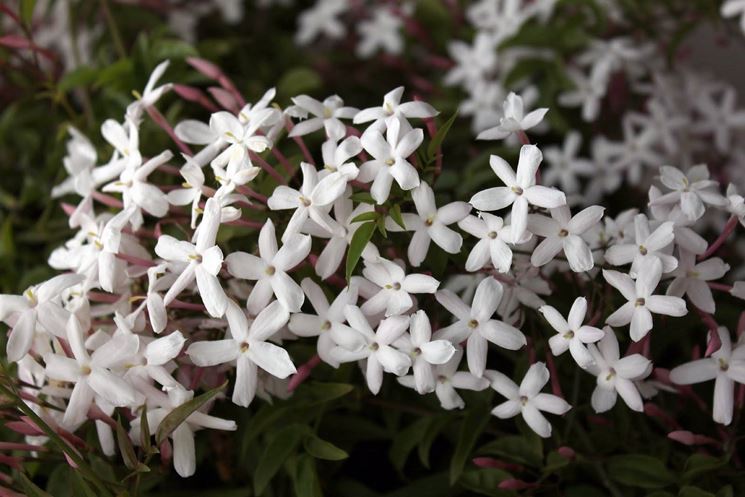
Cultivation
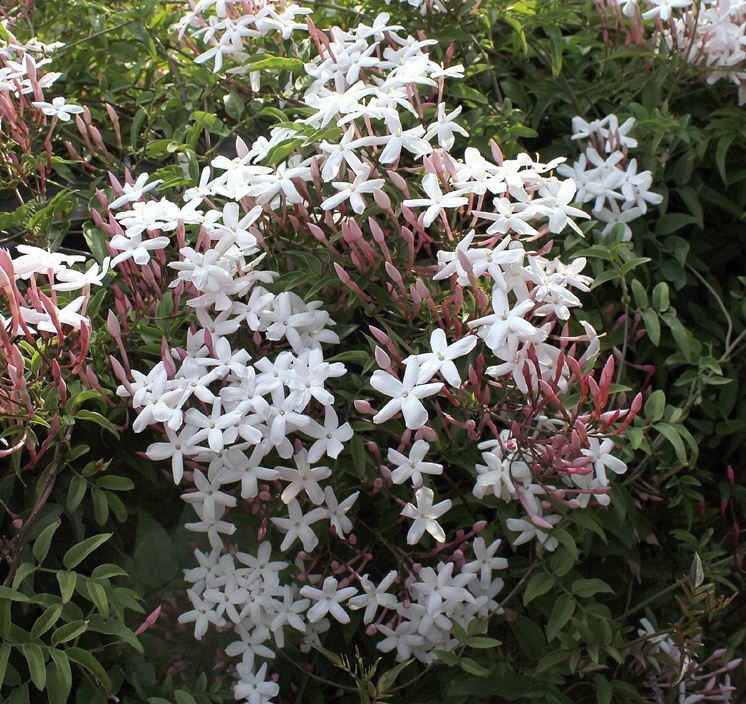
If cultivated in optimal conditions, jasmine polyanthum can reach considerable dimensions: to be kept under control it therefore needs periodic pruning that allows to eliminate the dry and now unproductive branches to leave space and nourishment for the younger ones. Jasmine can grow luxuriantly in any very bright space and subject to direct sun exposure; on the other hand, it fears the wind, from which it must be carefully sheltered, especially in the winter when the temperatures become more rigid. Being a climbing plant, jasmine polyanthumit needs support for growth and a large space that will enhance its appearance. The plant is able to withstand even periods of prolonged drought, although it is advisable to provide regular watering while avoiding the formation of water stagnation.
Jasmine (Jasminum Polyanthum): Diseases and pests
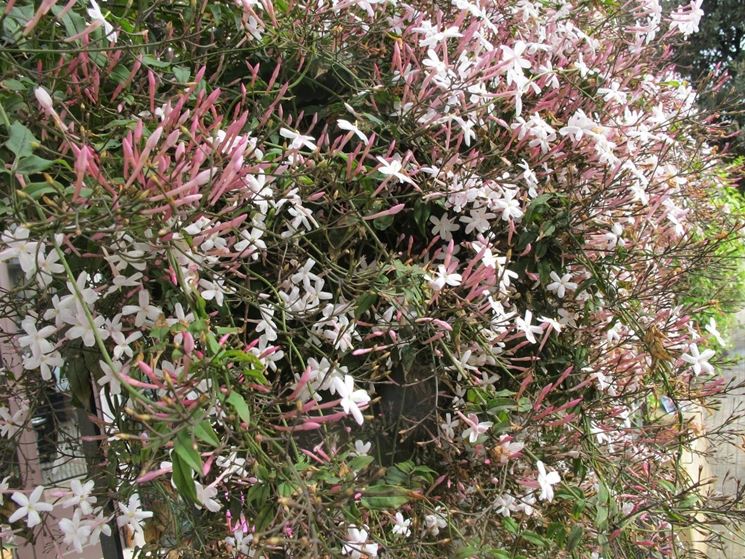
Aphids and scale insects are the main enemies of the polyanthum jasmine, otherwise very resistant to both climate change and periods of drought or high temperatures. To avoid the presence of parasites it is possible to provide preventive treatments, to be carried out at the beginning of spring and autumn, the periods in which the development of such pests is more accentuated. In the event of a parasitic attack, it is necessary to intervene promptly by eliminating the affected branches, when possible, or with specific treatments that allow to eradicate the type of attacking organism without damaging the plant. Outside of parasites, the greatest danger of disease for the plant is linked to water stagnation, which could cause the onset of gray mold and lead to the death of jasmine.
-
jasminum polyanthum
